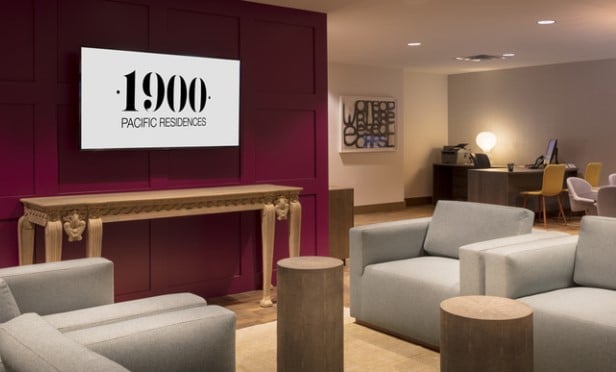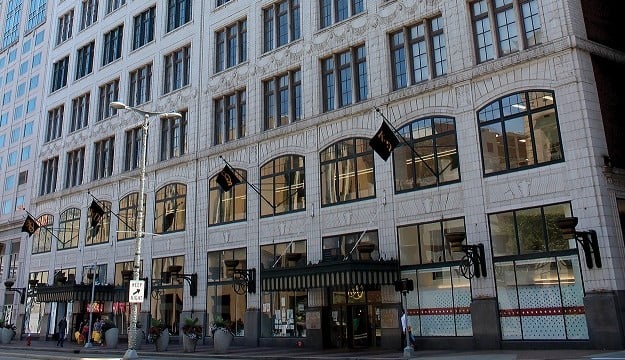The state recently has completed a three-year survey of every public school in the state and concludes it would have to spend $1 billion to bring facilities up to minimum standards. About $210 million will be spent on new facilities in fast-growing areas of the state, while another $650 million will be spent on repairs and upgrades. More than $200 million of the $650 million is expected to go for roof and HVAC repairs.
The repair program results from a 1991 lawsuit filed by a few smaller school districts that felt that the funding system for public education had been skewed toward larger urban areas. Local property taxes historically are the primary funding source for school district to build and maintain their facilities. The poorer districts couldn't raise enough funds to improve their schools, and the state wasn't helping. During the mid-1980s, when the economy was in turmoil, the state legislature spent money intended for school maintenance on new equipment and buildings.
In 1994, the Arizona Supreme Court had ruled that the state had to make the system more equitable. Four years later the state adopted Students FIRST, which was aimed at resolving the inequities between districts. Districts now get their funding from the state, including twice a year payments for maintenance, based on the size and age of the buildings in a district. The law also has created a minimum set of standards that every public school had to meet. It set standards, for example, for lighting, ventilation, temperature control, fencing, parking and security.
The recently released study has found dozens and dozens of schools fail to meet minimum standards. More than 200 schools need to have their fire alarm systems upgraded, 40 schools in Tucson are without air conditioning, 277 schools will get a share of $15.3 million for lighting improvements and 227 schools will get a share of $21.4 million for plumbing and sewage system upgrades.
The districts that will get the most money for immediate improvements are Tucson Unified, $71.6 million; Mesa Unified, $54.3 million; Scottsdale Unified, $20.6 million; Cartwright Elementary in Phoenix, $17.7 million; Creighton Elementary in Phoenix, $14.7 million.
The amount being spent per student ranges from $46,098 in Patagonia Union High School, which is in the small rural town of Patagonia about 30 miles north of the Arizona-Mexico boarder, to just $17 at Alhambra Elementary District in Phoenix.
An $800-million bond, approved last year by the state legislature, will finance most of the improvements. Proposition 301, approved by voters last November, instituted a statewide education sales tax and proceeds will be used to pay off the bonds.
A $63-million cushion has been built into the budget for the project in anticipation of higher bid prices due to the overwhelming amount of work and decrease in competition among contractors. By law, all repairs must be completed by mid-2003. State officials believe that the demand for work could outstrip the supply of contractors, and have told local contractor groups that the state may advertise out of state to keep the process competitive.
© Touchpoint Markets, All Rights Reserved. Request academic re-use from www.copyright.com. All other uses, submit a request to [email protected]. For more inforrmation visit Asset & Logo Licensing.






